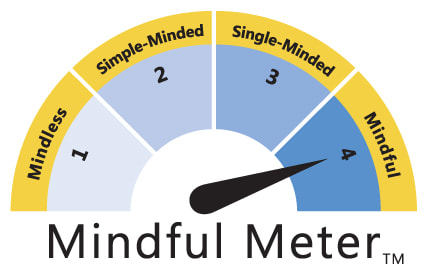Flying in from many miles away, a small and very fast drone delivered the blood she desperately needed. Thankfully, Ndayishime and her daughter are alive and doing well today. The drone that made the life-saving delivery wasn’t from who you might expect, e.g., the hospital system or the Red Cross. It came from Zipline, a for-profit startup company whose mission is about “life-saving delivery by drone.”
Ndayishime’s story of death defiance is not unique. Since launching in Rwanda in October 2016, Zipline’s innovative approach to delivering critical medical supplies has “logged more than 186,000 miles and over 4,000 deliveries,” often for cases of critical need. Rwanda’s Minister of Health Dr. Diane Gashumba suggests that many lives have been saved as a result.
Aerial drones are increasingly common. A simple search on Walmart.com returns over eighty drones that end-consumers can buy. So, why are Zipline’s drones special, and how does a small start-up deliver life-saving service on a national scale? For a clear and quick understanding of Zipline, watch the following three-minute video: https://youtu.be/6wBeXIgD4sY
One big difference from other drones is that Zipline’s have fixed wings, i.e., they’re like airplanes not helicopters. Zipline uses fixed-wing aircraft for the same reasons commercial airlines do—they can fly farther and faster. While Amazon’s delivery drones hit top speeds of 50 mph, Zipline’s drones travel as fast as 80 mph, making its technology “the fastest commercial delivery drone on earth.”
In critical situations when every minute matters, that speed saves lives, as does the reach of Zipline’s drones. The firm’s fixed-wing craft are more efficient than typical drones, allowing them to fly for nearly 100 miles round trip, or about 200 times further than the average quad-copter. Zipline’s drones also are cable of “flying over tall mountains, and even through high winds and downpours"--something most drones could never do.
However, Zipline’s success stems from more than just the type of drones it uses. The company employs comprehensive logistics that include strategically-located distribution centers for medical supplies, a text message-based ordering system, and “military-grade GPS” that guides the drone to the appropriate destination, where the valuable cargo is dropped softly by parachute.
Another important feature of Zipline’s drones is that they don’t take off and land like typical fixed-wing aircraft. Instead, the “zips” fly more like jets on and off an aircraft carrier. The drones are catapulted into flight for take-off, and they are tail-hooked out of the air upon returning to the distribution center, all of which adds to speed of service and location flexibility.
At this point, Zipline’s operations are restricted to Rwanda, but the company has plans to place distribution centers in many other countries around the world, including in the United States. Zipline has raised over $41 million in capital, which will help fuel the expansion.
That last piece of information may make some people uncomfortable: Zipline is a for-profit firm. As such, the company not only needs net income, it must produce a big enough return on investment to satisfy existing investors and to encourage future ones to buy into the business model. The average rate of return venture capitalists expect is 25%.
So, Zipline’s motivation is based on more than a selfless desire to do good. If your life were on the line, would you want the outcome to rest on the wings of a for-profit company? Wouldn’t you want aid from an organization that was more purely altruistic?
It would be helpful to ask these questions of Ndayishime and others in Rwanda who Zipline’s fast-moving drones have saved. My guess is they would have no problem with a for-profit firm being in the business of saving lives.
It’s a fallacy to think that individuals and organizations cannot hold different motives concurrently. Most of us do that kind of balancing in several areas of our lives. For instance, we’re employees who want to help the people our organization serves, but we also want to get paid. Those motives are different but complementary: the better we serve others, the more likely it is that we'll keep our jobs and perhaps receive a raise.
A similar relationship exists for Zipline. The better it serves hospitals and their patients, the more likely it is to retain their business and gain new accounts from other institutions. In the case of Zipline and many other companies, profit serves as an added incentive to innovate and to deliver their products/services more efficiently and effectively, which benefits others.
At a time when many say that technology is taking jobs and that business is bad for society, Zipline offers an excellent example of the opposite: Its work saves lives, provides employment, and ultimately makes our world a better place. It’s a company that can be commended for its “Mindful Marketing.”
Learn more about the Mindful Matrix and Mindful Meter.
Check out Mindful Marketing Ads and Vote your Mind!




 RSS Feed
RSS Feed